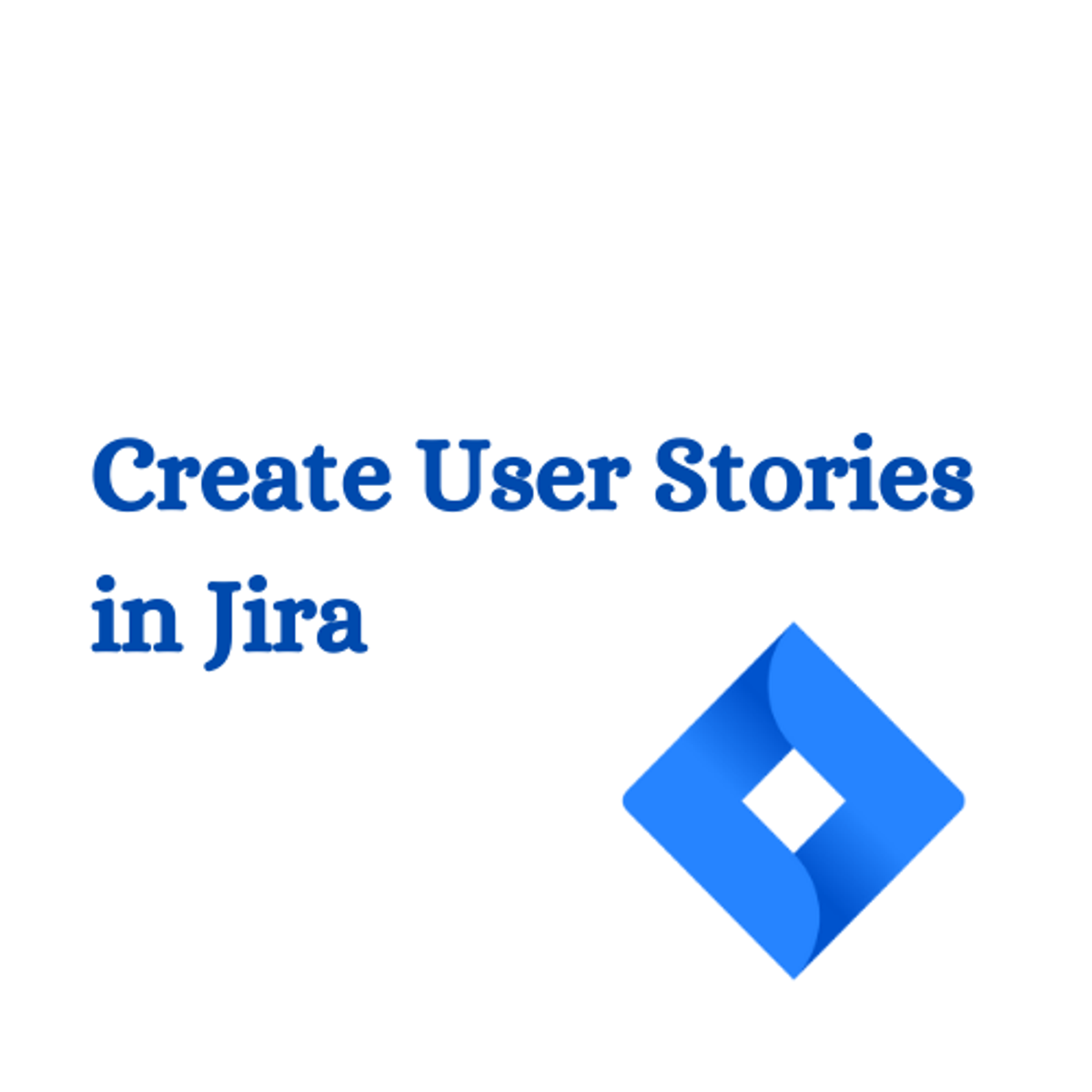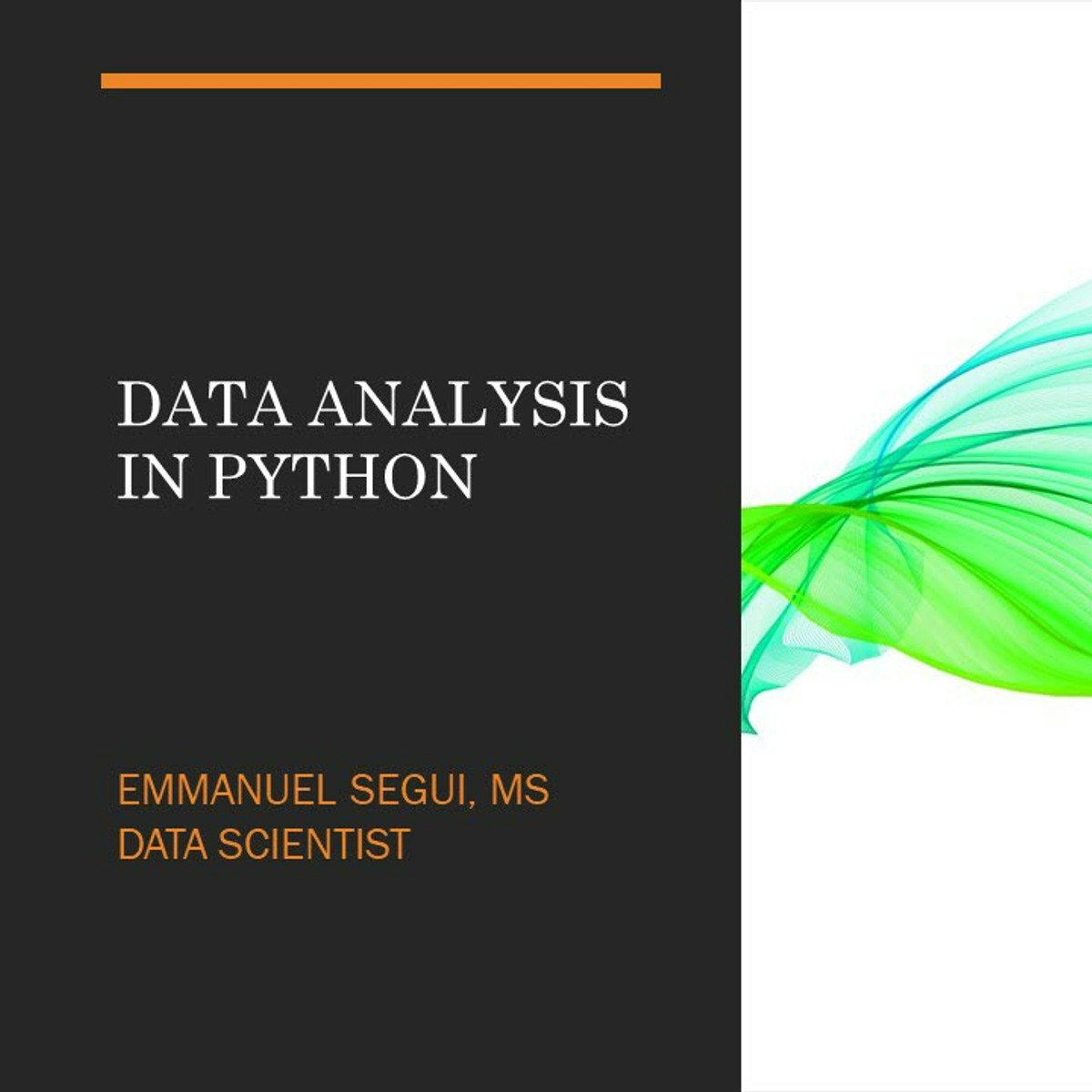Back to Courses









Information Technology Courses - Page 35
Showing results 341-350 of 1471

Create a Virtual Private Cloud (VPC) Using AWS
By the end of this project, you will have successfully created a virtual private cloud using Amazon Web Services and launched a virtual machine instance in that cloud. A virtual private cloud is a secure, isolated private cloud hosted within a public cloud. Virtual private clouds allow users to establish a higher level of security and privacy within the cloud structure while taking advantage of the scalability offered by cloud providers.
Note: This course works best for learners who are based in the North America region. We’re currently working on providing the same experience in other regions.

Google Kubernetes Engine Security: Binary Authorization
This is a self-paced lab that takes place in the Google Cloud console. This lab deploys a Kubernetes Engine Cluster with the Binary Authorization feature enabled; you'll learn how to whitelist approved container registries and the process of creating and running a signed container.

Create User Stories in Jira
By the end of this project, you will be able to use Jira Software for project management to plan and manage your work. Jira is one of the most in demand project management tools and learning Jira will help you understand how to plan and manage your work, especially in the software field. This project is for beginners who aim to track, organize, and prioritize bugs, new features, and improvements for certain software releases or projects. In this project you will be able to create well-defined user stories in Jira, you will also create and use Sprints and Epics. You will identify the differences between them and be able to apply what you learned on any piece of work you are working on. This project will provide you with a good start in project management in the software field.

Integrated development environments in Linux
In this project, you will install and explore five free Integrated Development Environments or IDEs on a Linux System.
Linux is a popular operating system that is based on the Unix operating system. It is a popular Operating System for running efficient Application Servers, but also has a great Desktop available for running Integrated Development Environments for Application development. IDE’s offer the developer a single place to write, edit, debug, and launch programs in various languages.
Note: This course works best for learners who are based in the North America region. We’re currently working on providing the same experience in other regions.

Authentication, Authorization, and Identity with Vault
This is a self-paced lab that takes place in the Google Cloud console. In this hands-on lab, you will learn to use authentication and authorization methods within Vault. You will also create users, aliases, entities, and groups.

Technical Support Case Studies and Capstone
This course allows you to show what you’ve learned in the previous IT Technical Support professional certification courses and apply that knowledge to realistic situations.
The IT Technical Support Capstone leads you through a series of technical support case studies that require hands-on work to resolve. You will practice analyzing user help requests and troubleshooting various issues. You’ll demonstrate your knowledge of hardware, software, networking, security, and cloud computing. You’ll also demonstrate your understanding of escalation, levels of support, ticketing systems, and other support tools and systems. And along the way, you’ll show what you’ve learned about the essential communication and customer service skills for effective technical support.
By the end of the course, you will better understand how to use your technical support skills in everyday professional settings. You’ll also be prepared to take the CompTIA ITF+ exam for certification.

SAP Customer Engagement and Discovery
SAP Customer Engagement and Discovery is the third course in the SAP Technology Consultant Professional Certificate program. The course introduces you to SAP Activate methodology and teaches you how to engage with customers and work with them in exploring how to achieve their transformation goals.
You’ll learn how to gather information and insights about a customer’s business, technology, and data. You’ll investigate SAP’s fit-to-standard analysis approach. You’ll consider how to accurately understand and assess a client’s needs. And you’ll look at SAP’s Customer Journey Roadmap, which includes how to identify and communicate the value of a solution to stakeholders and get signoff.
By the end of this course, you will be able to:
Describe the key elements of the SAP Activate methodology and Customer Engagement Model.
Explain the program planning and set up activities for a typical SAP customer project.
Explain what a technology consultant does in the Customer Engagement and Discovery phase of SAP projects.
Explain how to gather relevant information and insights about customer strategy, objectives, processes, technology, and data.
Describe how to conduct discovery workshops and interviews.
Explain SAP's fit-to-standard approach and key preparation activities and develop a Customer Journey Roadmap.
Identify and communicate the business value of a proposed SAP solution.

Database Design and Diagramming in Dia
In this course you will be introduced to the process of designing a database. The old saying about a picture being worth a thousand words rings true in the database design process. Database designers document their designs using diagrams. To document your basic design, you will use a diagramming tool called “Dia”. You will review user requirements to identify the categories of data that will need to be included in the database, and then fill out those categories with details. You will also determine how the categories are logically related. Using Dia, you will document your logical database design using a standard database design diagram called an Entity Relationship Diagram. Generating the ERD is an important step in the database design process.
Note: This course works best for learners who are based in the North America region. We’re currently working on providing the same experience in other regions.

Data Encryption using AWS KMS From UST
Welcome to this Guided Project on Data Encryption using AWS KMS, From UST.
For more than 20 years, UST has worked side by side with the world’s best companies to make a real impact through transformation. Powered by technology, inspired by people and led by their purpose, they partner with clients from design to operation.
With this Guided Project from UST, you can quickly build in-demand job skills and expand your career opportunities in the Securities field by learning how to use AWS KMS for Cryptographic Operations.
Join me as we explore different approaches to the Encryption / Decryption Process and learn how to create Symmetric and Asymmetric Customer Keys. Combining detailed explanations with practical experience, by the end of this project, you will be able to Encrypt/ Decrypt your sensitive data using the regional service, AWS KMS (Key Management Service).
If you dream about working in high profile industry jobs as a Data Security specialist, this project is a great place to start. This is a beginner level project, and does not require any previous experience.
Enroll now to get started!

Regular Expressions in Python
In this 1-hour long project-based course, you will learn how to construct regex patterns, validate passwords and user input in web forms and extract patterns and replace strings with regex.
Note: This course works best for learners who are based in the North America region. We’re currently working on providing the same experience in other regions.
Popular Internships and Jobs by Categories
Browse
© 2024 BoostGrad | All rights reserved


